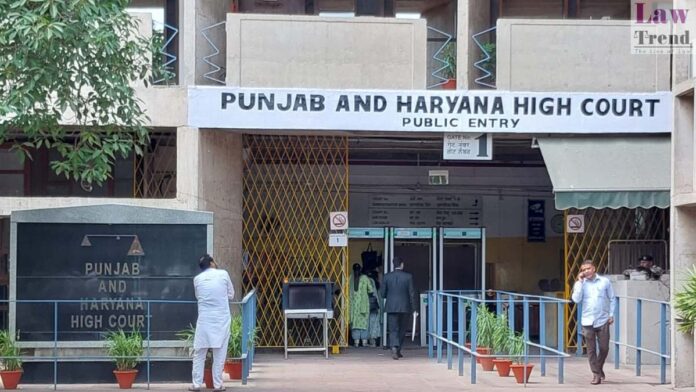In a progressive move to address parking woes while promoting environmental sustainability, the Punjab and Haryana High Court has ordered the installation of green paver blocks in the green belt area adjacent to the court complex, facilitating vehicle parking for visitors. The decision, articulated by Chief Justice Sheel Nagu and Justice Sumeet Goel, comes in
To Read More Please Subscribe to VIP Membership for Unlimited Access to All the Articles, Download Available Copies of Judgments/Order, Acess to Central/State Bare Acts, Advertisement Free Content, Access to More than 4000 Legal Drafts( Readymade Editable Formats of Suits, Petitions, Writs, Legal Notices, Divorce Petitions, 138 Notices, Bail Applications etc.) in Hindi and English.




